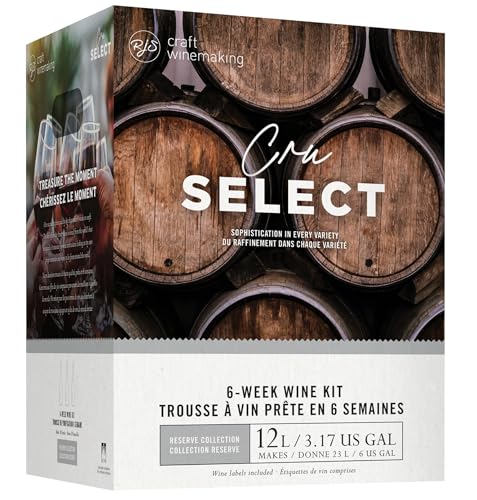Lauraliejean
Junior
Hi there, we make apple wine from pressed apple juice and after bringing it up to 23 degrees on plant heating pads and adding the the yeast the primary fermenters we’re left on the heat for 24 hours and the temperature went up to 37! I unplugged and opened the window but that was last night and this morning the mist is now 27 degrees. Did We just ruin two carboys of wine? Is there anything I can do to help it?




























![[Upgraded] 9Pcs Tree Root Growing Box with Drain Holes, Half Transparent Plant Rooting Propagation Ball & Metal Core Twist Ties, for Fast Propagation Plants (Size M)](https://m.media-amazon.com/images/I/514MWQxtWOL._SL500_.jpg)

























